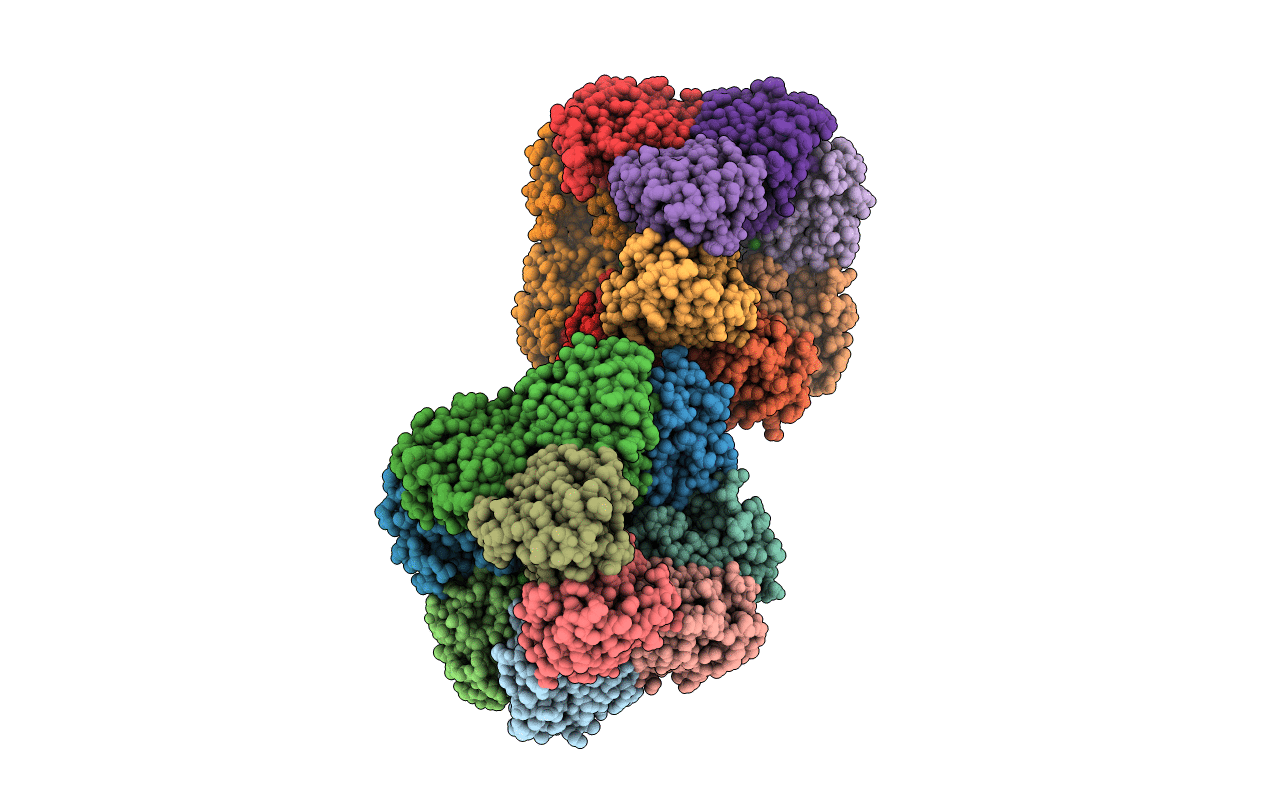
Deposition Date
2010-05-24
Release Date
2010-07-21
Last Version Date
2023-09-06
Entry Detail
PDB ID:
3N59
Keywords:
Title:
Type II dehydroquinase from Mycobacterium Tuberculosis complexed with 3-dehydroshikimate
Biological Source:
Source Organism:
Mycobacterium tuberculosis (Taxon ID: 1773)
Host Organism:
Method Details:
Experimental Method:
Resolution:
2.52 Å
R-Value Free:
0.24
R-Value Work:
0.19
R-Value Observed:
0.20
Space Group:
P 1 21 1


